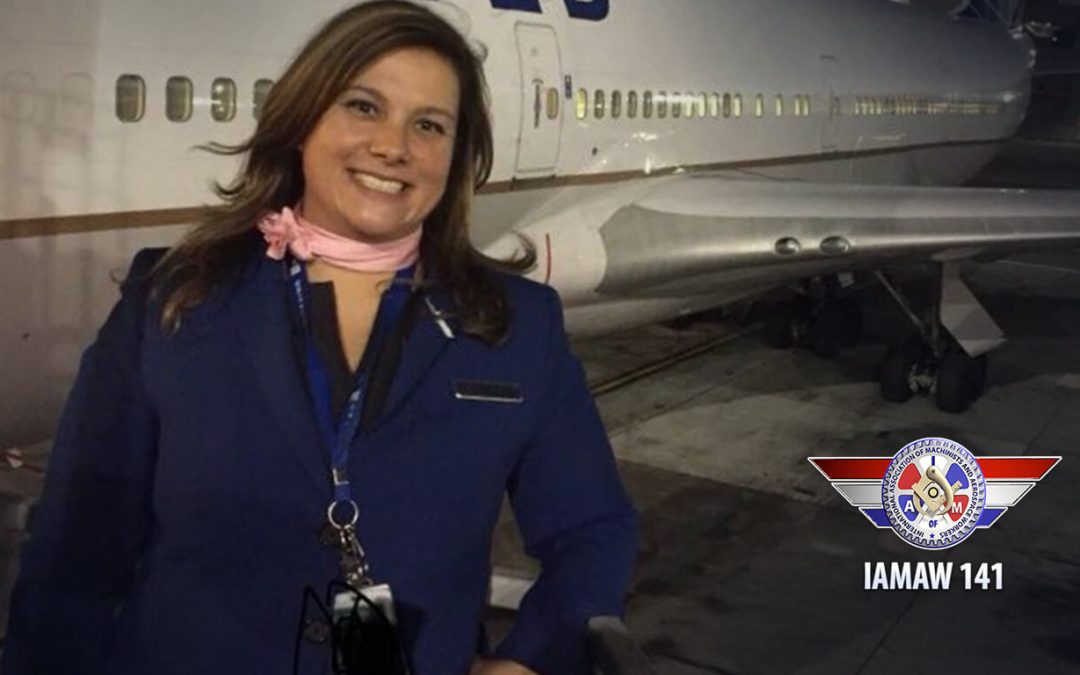
by Eric Price | Jan 15, 2021 | Featured, Featured News, Front Page, Page Five, Page Four, Page Three, Perusals, Row 2, Uncategorized, Video
Wendy Goodell is on a mission to modernize the communications strategy of Local 1782, encourage more participation and activism, and help demystify unionism at a local lodge that includes five airports and thousands of members. 141 Report: Local 1782, A Powerhouse in...
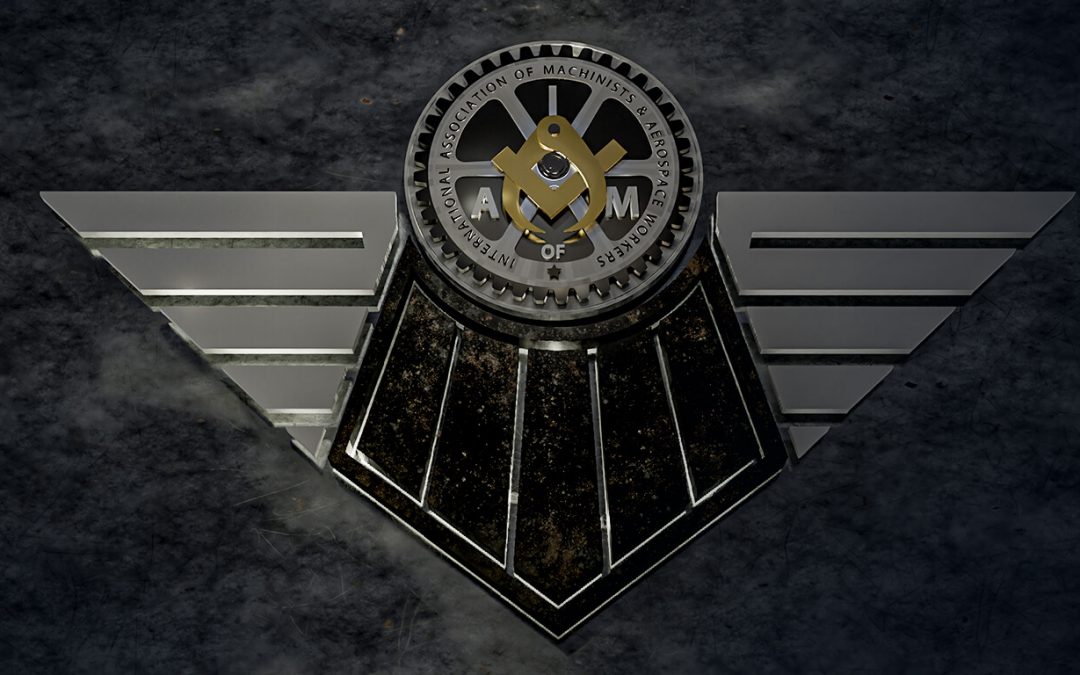
by Eric Price | Jan 14, 2021 | Featured, Featured News, Front Page, MNPL, Organizing, Page Five, Page Two, Perusals, Row 2, Safety, Safety
Machinists & Aerospace Union Demands More Protections for Airline and Rail Workers in Light of Threats IAM Transportation Department General Vice President Sito Pantoja issued the following statement regarding the need for increased airline and railroad security...

by Eric Price | Jan 13, 2021 | Featured, Featured News, Front Page, Organizing, Page Three, Page Two, Perusals, Row 2, Uncategorized, Video
District 141 was recognized for union organizing efforts that saw more than 800 new members and 11 new locations added to the Machinists & Aerospace Union in 2019. Organizing for Power: District 141 Recognized for Growing Union District 141 of the Machinists &...
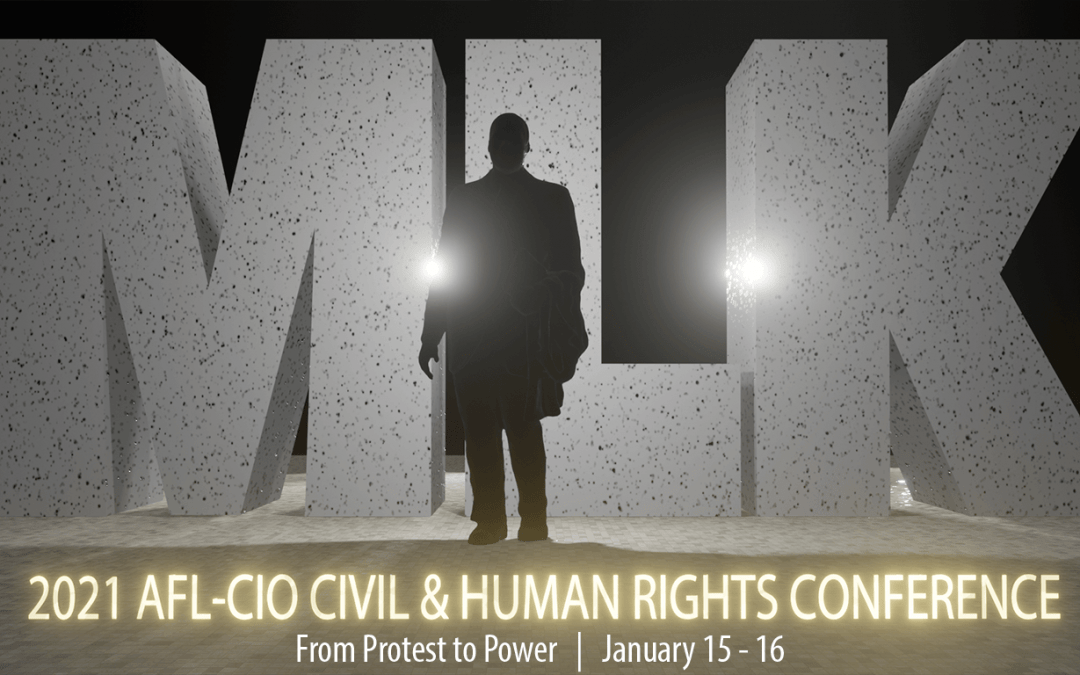
by Eric Price | Jan 12, 2021 | Community Service, Community Service Page, Featured, Featured News, Front Page, MNPL, Page Four, Page Three, Page Two, Perusals, Row 2
Register for the 2021 AFL-CIO MLK Virtual Conference 2021 MLK Virtual Conference Thousands of organizers and activists protested across the country, demanding to be heard as they said, “Black Lives Matter.” Millions of people elected Joe Biden and Kamala Harris to the...
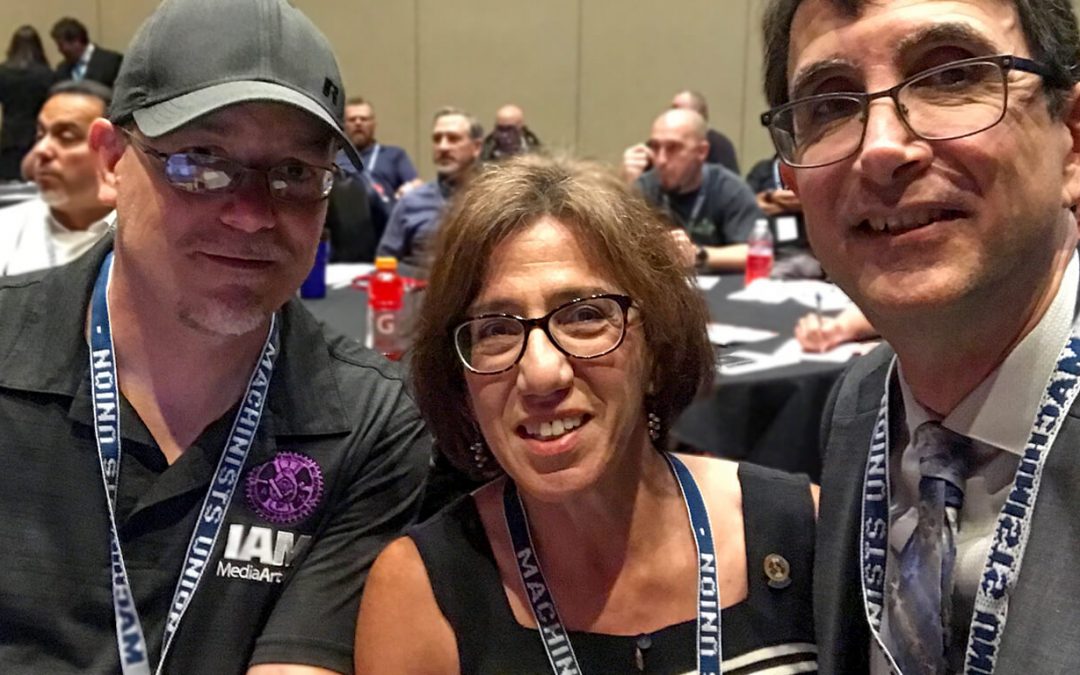
by Eric Price | Jan 8, 2021 | Featured, Featured News, Front Page, Page Five, Page Four, Page Three, Page Two, Row 2, Uncategorized, Video
The IAMAW District 141 Communications Department at the 2019 IAM Communications Conference. From left, Eric Price, Ines Garcia-Keim, and Dave Lehive. 141 Video Report: District 141 Communications Team This week, the IAM141 Communications Team makes a rare appearance...
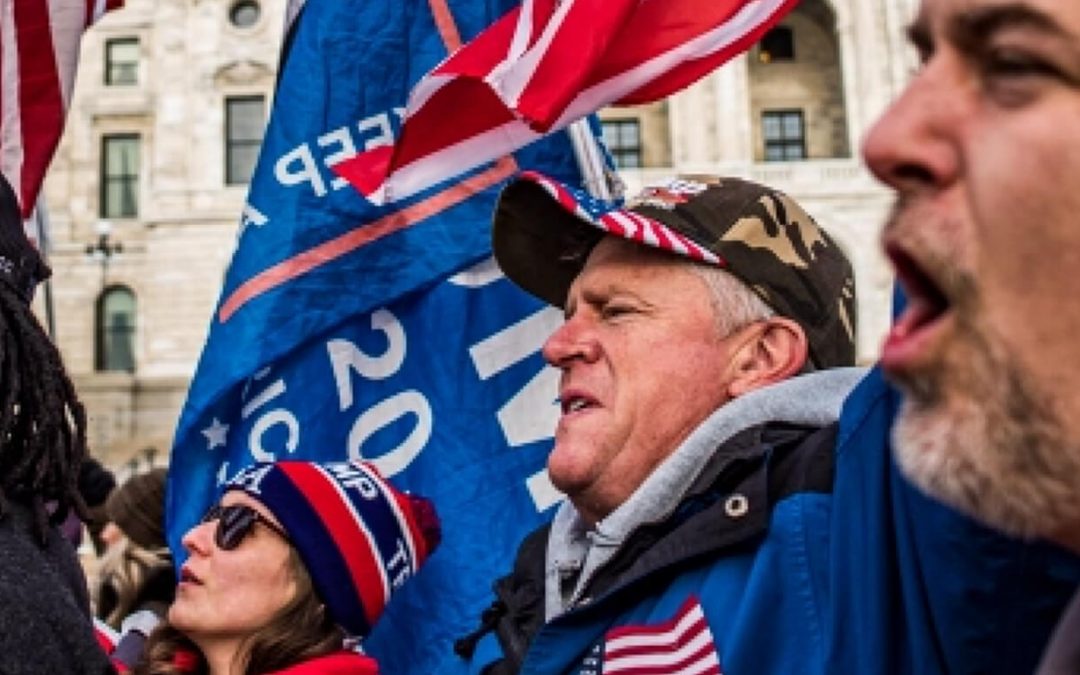
by Eric Price | Jan 8, 2021 | American, Featured, Featured News, Front Page, MNPL, Page Five, Page Four, Page Three, Page Two, Perusals, Row 2, Safety, Safety, Uncategorized
Abusive Protesters Prompt New Flight Restrictions at American Airlines Abusive and disruptive acts by Trump supporters prompt American Airlines to impose new restrictions on flights to and from Washington, DC. Repeated attacks on flight crews and passengers involve...







